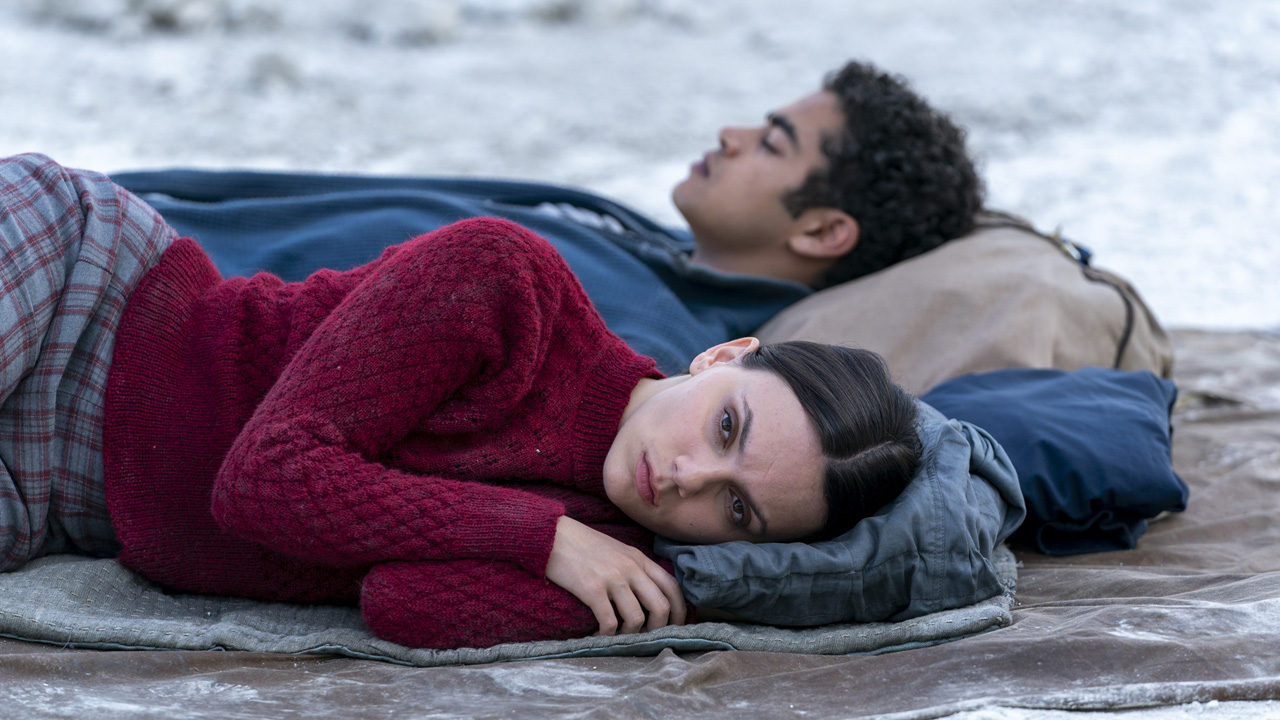
HBO’s His Dark Materials has been a fan-service-led dream. Despite the slight criticism leveled at the TV adaptation of Philip Pullman’s iconic fantasy novels, one thing that can’t be disputed is how the HBO Max show’s first two seasons handled – and fully delivered on – the books’ most gripping elements.
His Dark Materials season 3 is no different. As we noted in our review, the series’ final installment isn’t perfect, but its live-action take on key storylines, locations, themes, and imaginative characters and races are captured in wonderfully intricate detail. It’s these aspects that make it such a compelling watch – and exhibit the due care and attention its creative team has maintained throughout the series’ production.
“We’ve cherished every moment and bit of cheer from our fans,” executive producer Dan McCulloch tells TechRadar. “It’s been lovely to see people’s reactions – so many have said it’s exactly what they saw in their minds, which is quite amazing. To have shared it with people has been the biggest thrill and something we’ll forever be grateful for.”
Different season, same creative approach
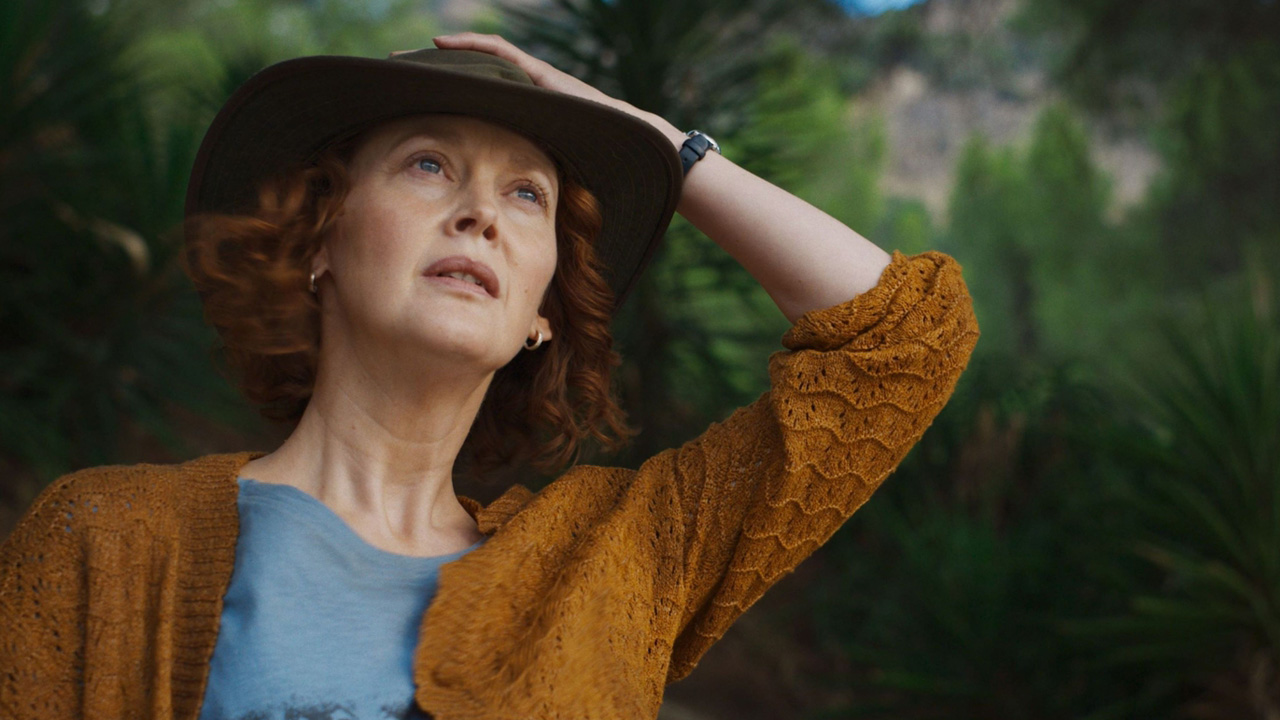
Based on The Amber Spyglass, the third book in Pullman’s seminal series, His Dark Materials season 3 picks up immediately after its predecessor. Lyra (Dafne Keen), the prophesied reincarnation of Eve, has been kidnapped by her mother Marisa Coulter (Ruth Wilson), and it’s up to Will (Amir Wilson), the bearer of the Subtle Knife, to rescue her.
Meanwhile, Lord Asriel (James McAvoy) continues to assemble an army for the coming battle against the Kingdom of Heaven and the Magisterium. Additionally, Doctor Mary Malone (Simone Kirby) travels to a strange new world populated by curious creatures as she continues to research the mysterious particles known as Dust. Together, they’ll all play vital roles in the multiverse’s survival – whether they’re ready or not.
Thanks to megahit franchises like Marvel’s cinematic juggernaut, the multiverse is no longer an alien concept to most people. As a topic ingrained in the public consciousness, His Dark Materials can dispense with the arduous task of explaining how multiverses work.
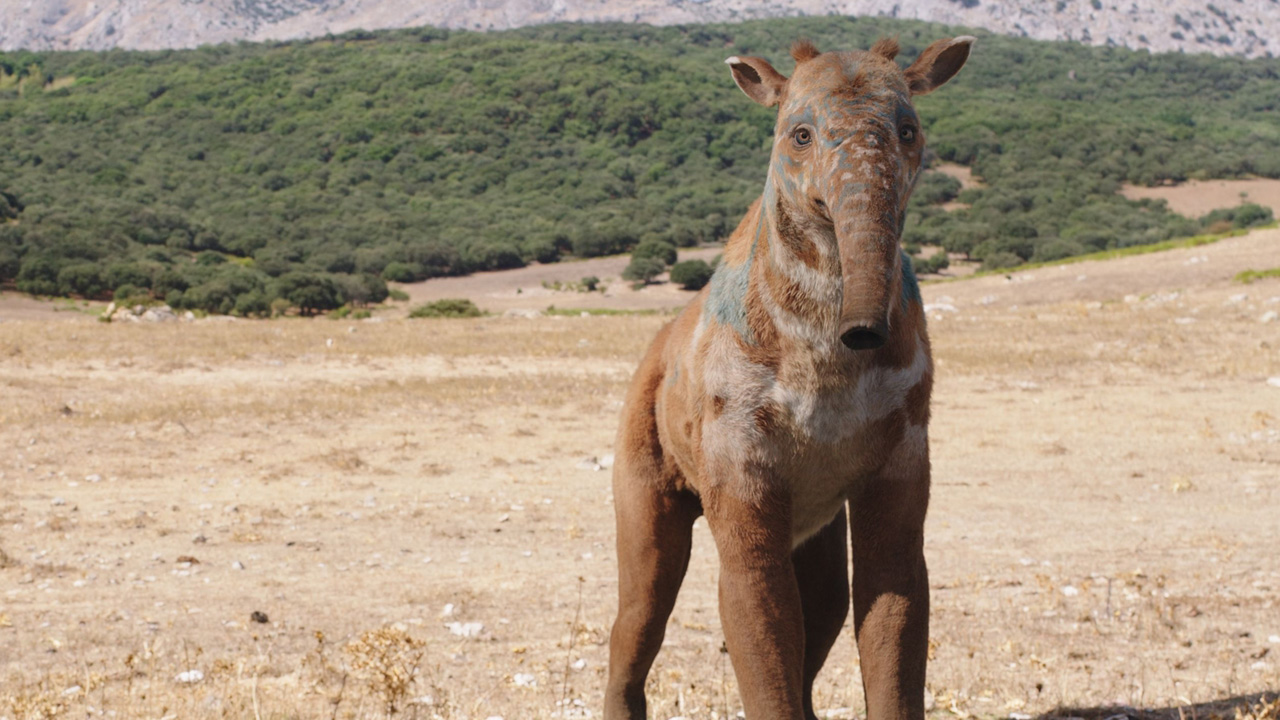
Season 2 already introduced viewers to the franchise-specific multiverse through its characters journeying to new locations like Cittàgazze. The show’s third season takes this multiversal plot thread and runs wild with it, immersing viewers in numerous beautiful and foreboding parallel worlds. New locales include the fan-favorite world of the Mulefa – sapient elephant beings who aid Doctor Malone’s research into Dust – and the Land of the Dead, where Lyra and Will search for Lyra’s best friend Roger, who was killed by Lord Asriel in season 1.
Get daily insight, inspiration and deals in your inbox
Sign up for breaking news, reviews, opinion, top tech deals, and more.
Marisa and Asriel's scenes are really juicy and the power dynamic is constantly shifting
Ruth Wilson, His Dark Materials actor
The number of worlds visited in seasons 2 and 3 might have changed, but the creative team’s design process hasn’t. As McCulloch explains, that’s down to the same individuals – himself, author Philip Pullman, fellow producer Jane Tranter, head writer Jack Thorne, VFX supervisor Russell Dodgson, and production designer Joel Collins – overseeing the show’s development from beginning to end.
“We had to do a lot more planning with season 3 as we travel to many worlds and introduce new creatures, like the Mulefa, that are far more unreal that what we’ve previously seen,” McCulloch says. “But our method remained the same. It goes right back to the start of the show and our discussions of ‘If this world and its inhabitants were real, how would they look and feel?’ That gives rise to more discussions and helps us layer image upon image until we find something that tonally fits.”
Prisoner parallels
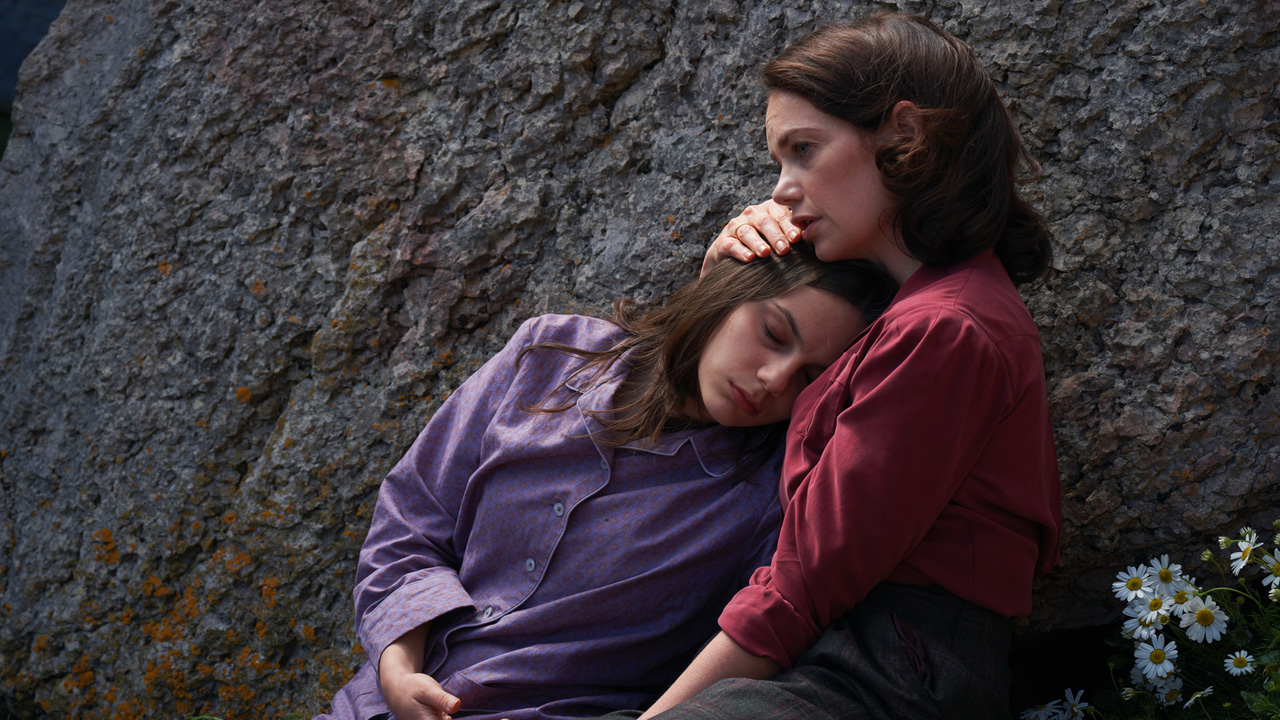
His Dark Materials fans marveled at the Mulefa’s live-action look and their colorful, prairie-style homeworld when first-look images were released in early November. The striking warmth of this realm is in stark contrast to the uneasy, grim aesthetic of the Land of the Dead, which viewers first glimpsed in the third season’s official trailer.
This terror-inducing domain is where people’s spirits live out their days under the tyrannical rule of the Harpies. These frightening, mythological human-bird hybrids ensure no-one leaves this realm and prevent their Dust-laden souls from becoming one with the universe, trapping them in a never-ending cycle of despair and woe.
Capturing the horror of such a place was imperative for the show’s creative team, not least because Joel Collins conceptually visualized it as early as season 1. As Tranter reveals, the plan was always to create a prison-like environment, but with one major tweak to its design.
The Land of the Dead gives the feeling of a bureaucratic nightmare
Jane Tranter, executive producer
“Joel had the idea that it was made out of people’s possessions,” she explains. “We didn’t want it to be a dripping cave-like area or whatever you think a traditional journey through purgatory or Hades’ lair might be. The walls are built from an accumulation of billions of people’s stuff, and that helped create the dread in the suburbs of the dead and the main area. That gives it a really clear visual reference that viewers can understand.
“Alongside the Harpies, it gives the feeling of a bureaucratic nightmare. It’s also slightly period in feel and has peculiar music, giving it the sense of some jumped-up middle management team telling you what to do and making you wait for an end that’ll never come. All these elements have some element of recognizable reality to them even in this fantasy setting.”
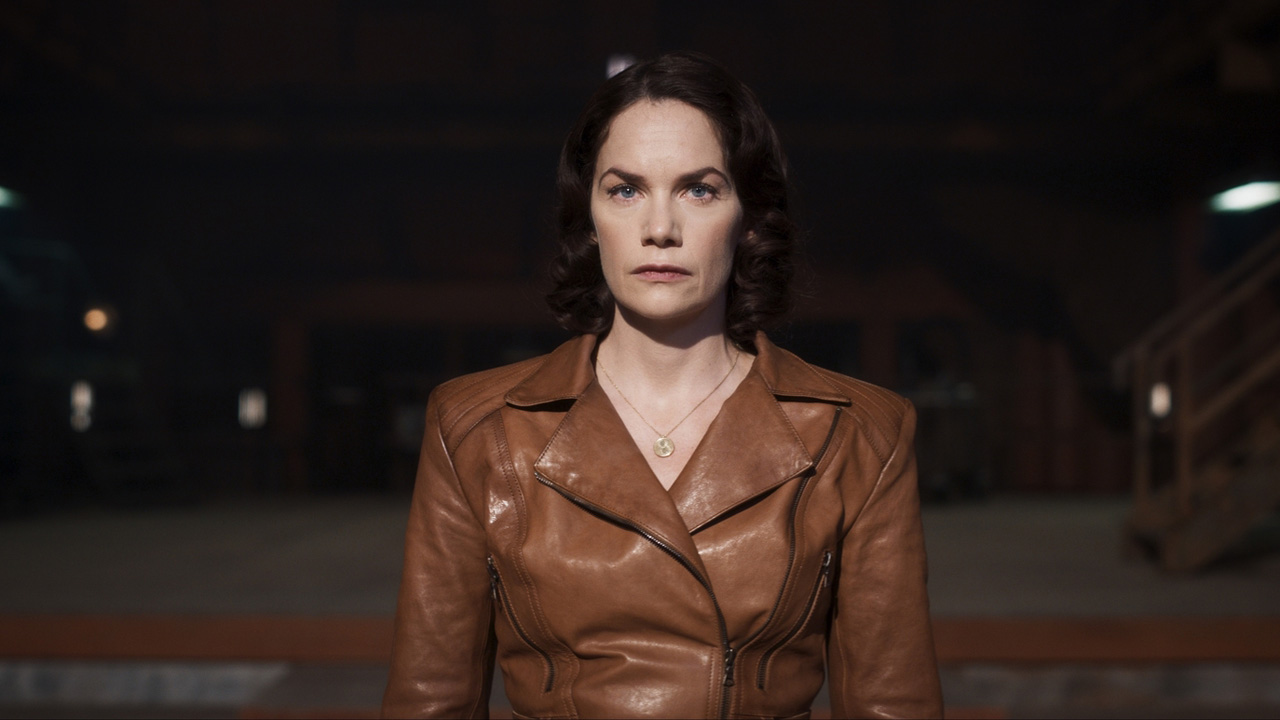
Spirits trapped in the Land of the Dead aren’t the only ones dealing with the notion of imprisonment. The two-episode premiere largely focuses on Lyra’s captivity. Marisa is keeping her in a drug-addled state to protect her from the autocratic Magisterium, which seeks to kill Lyra and stop the prophecy about her coming true. That’s Marisa’s reasoning anyway, with the tragic villain knowing Lyra despises her and would escape if she wasn’t kept in a comatose state.
It’s ironic, then, that Marisa also ends up being held captive – first by Lord Asriel and then the Magisterium. For Ruth Wilson, who plays the menacing Marisa Coulter, the opportunity to explore her character’s vulnerability in this season added an extra, fascinating dimension to Marisa’s already complex persona.
“She’s at her weakest and lowest,” Wilson says. “Marisa’s lost all power entirely, she’s truly alone and she’s separated from herself. She knows she has to face herself and reconcile with what she’s done. How do you get to a point where you can accept who you are, what your limitations are, and what really matters in life? Finding her true purpose was the journey for her, so it was fun to dig deep into that. In fantasy, you can go further with it and examine that part of her symbolically, emotionally, and physically in a way you can’t in a straight drama, so it was really satisfying.”
Devilish and devoted dynamics
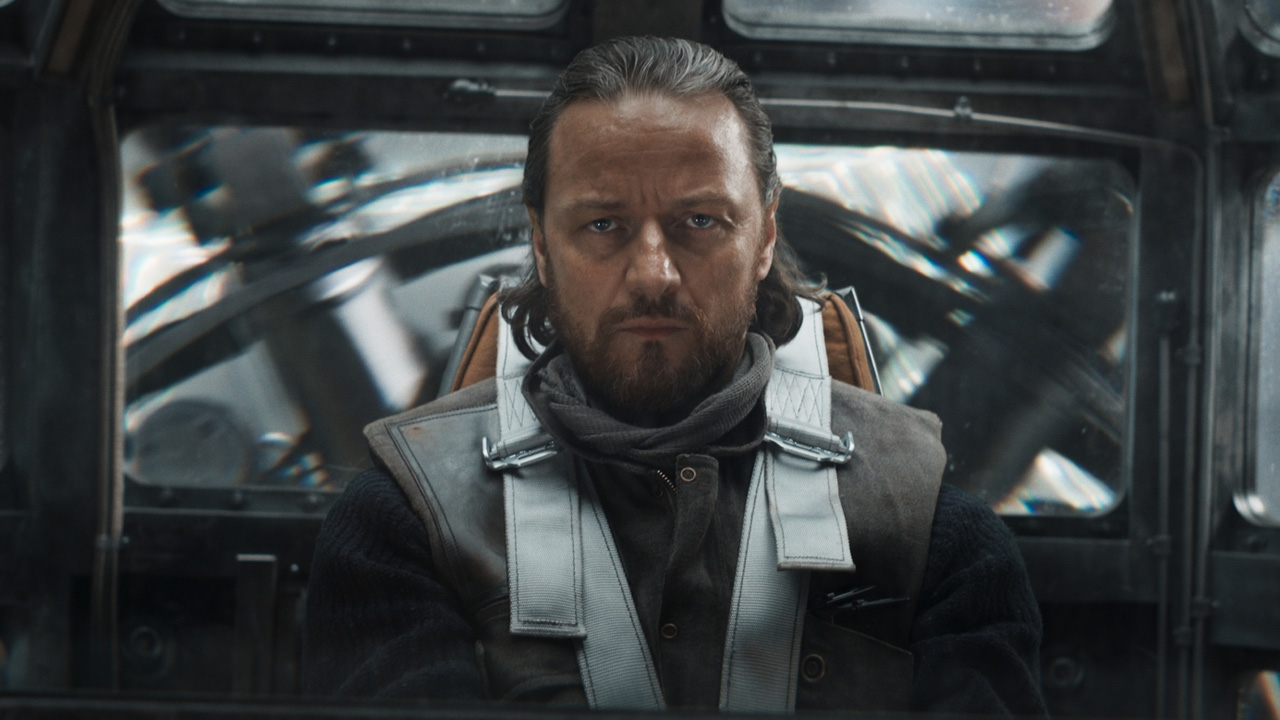
Hostile reunions between characters also provided opportunities to examine how their frosty relationships have evolved between seasons. Viewers will remember Asriel and Maria’s dynamic being passionately spiky during their brief dalliance in season 1. With Asriel and Marisa sharing more screen time in season 3, their fascinatingly broken bond – remember, they’re former lovers and Lyra’s parents – is put on full display, leading to some unexpected decisions born out of their charged exchanges.
“In the book, they land in quite similar places when they reunite,” Wilson says. “But James and I felt they weren’t quite the same [in the show]. They’ve changed by the time they meet again. They’ve got all of this baggage from their journeys, so identifying where they were at was quite complicated and we had to iron that out throughout the season. But that made those scenes really juicy and the power dynamic is constantly shifting between them. In seasons 1 and 2, she’s drawn to power. But, by season 3, Asriel has accrued all this power and she’s not attracted by it anymore. That shows Marisa’s growth throughout the show.”
“The scenes we shared gave me the opportunity to explore Asriel’s relationship with Marisa and Lyra,” James McAvoy, who plays Asriel, adds. “I don’t share any scenes with Lyra in season 3 but we still needed to explore what his problem was with her.
"He dismisses Lyra as not being special and, for me, that manifests itself as him being jealous of her and the prophecy surrounding her. Then, that ties back into how he secretly feels about Marisa. Nothing – time, space, the Magisterium – can stop him from achieving his goals. And then this woman can reject him and it absolutely floors him. He’s a man of time and fate but really, he just wants Marisa to love him, even if he doesn’t outwardly express it.”
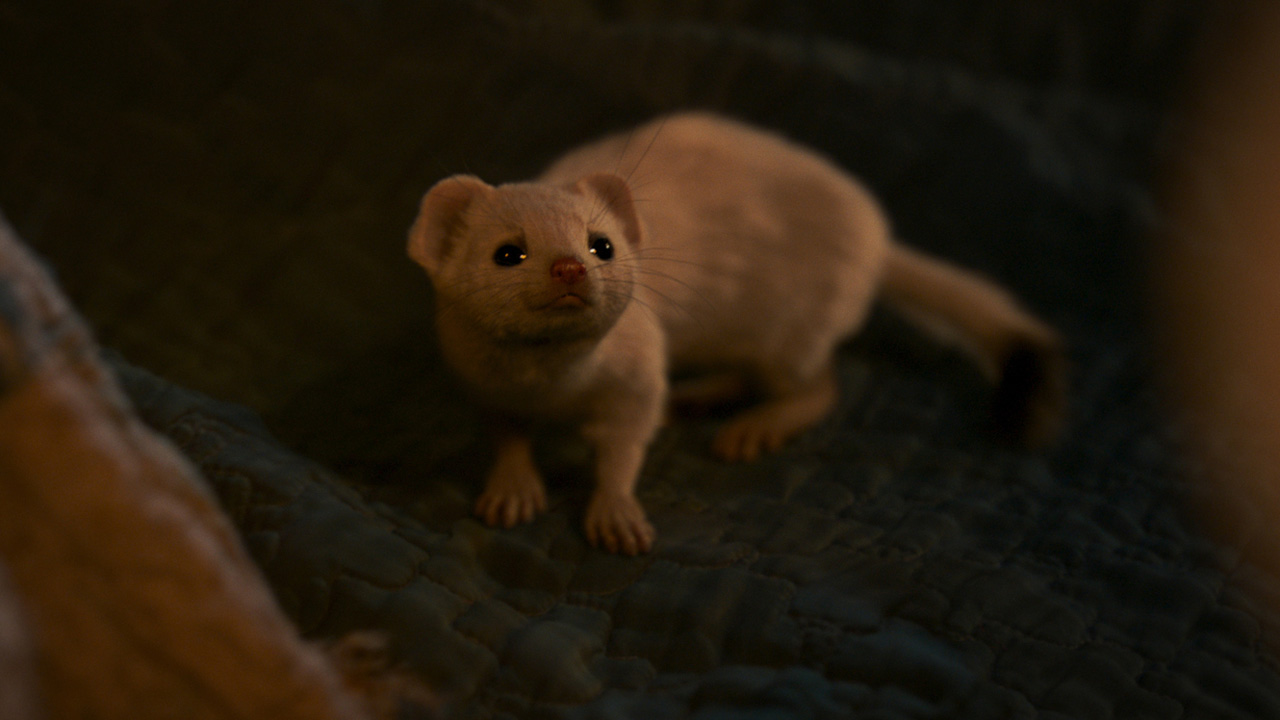
By contrast, the growing affection between Lyra and Will puts them in direct opposition to Asriel and Marisa’s irreparable bond. Yet, the young couple faces similar challenges to Lyra’s parents through their shared destinies and inexperience when it comes to expressing how they truly feel about each other.
“They’re older now so they’re in a different kind of relationship,” Dafne Keen, who plays Lyra, explains. “They’re investigating a new form of intimacy, which is certainly more grown up than what they’ve experienced. But doing those emotional scenes is fun and the most dynamic to do. They don’t feel repetitive or tiring.”
“We share scenes that explore the full breadth of the emotional spectrum,” Amir Wilson, who portrays Will, adds. “Will has parts of him that he doesn’t fully know how to express, which you can put down to his upbringing. Season 3 is about him standing up and expressing how he feels, even if it rubs people up the wrong way, and the journey he goes on as an individual and with Lyra brings his arc full circle.”
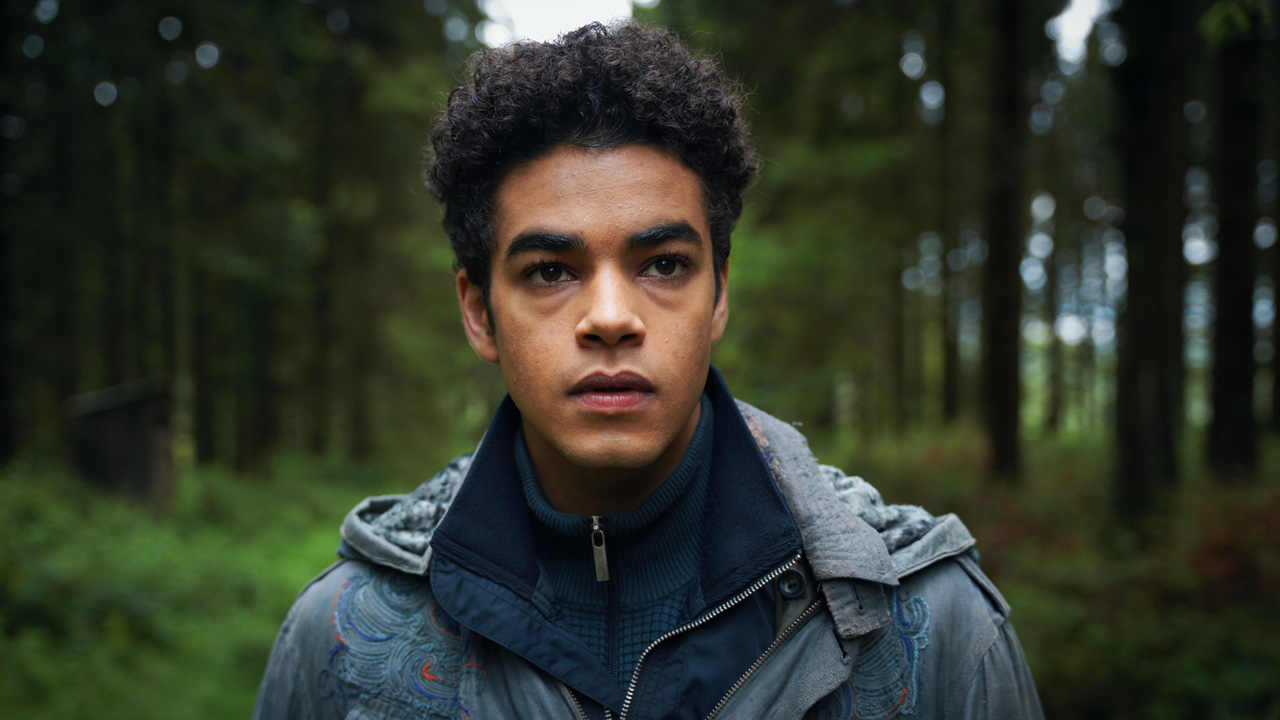
With season 3 adapting The Amber Spyglass’ full story, the HBO-BBC TV adaptation of Pullman’s His Dark Materials book trilogy is coming to an end. There are more stories set in this universe that are ripe for adaptation, including The Book of Dust – a companion trilogy that continues Lyra’s story – and Once Upon a Time in the North, which tells the origin tales of Lee Scoresby and Iorek Byrnison. However, while Tranter is keen to develop shows based on these novels, the prospect of fleshing out His Dark Materials’ live-action universe depends on the success of its final season.
If this is the end of the road for the TV series, the studio has performed an admirable job of adapting one of the best fantasy book trilogies of all time. It hasn’t been a flawless show but, after the book series’ lackluster 2007 movie adaptation, HBO’s His Dark Materials has been a largely faithful and enjoyable watch – and longtime Pullman fans won’t have asked for more than that.
His Dark Materials season 3 launches on HBO Max on Monday, December 5 in the US. The show will be released on BBC One in the UK on Sunday, December 18.
As TechRadar's senior entertainment reporter, Tom covers all of the latest movies, TV shows, and streaming service news that you need to know about. You'll regularly find him writing about the Marvel Cinematic Universe, Star Wars, Netflix, Prime Video, Disney Plus, and many other topics of interest.
An NCTJ-accredited journalist, Tom also writes reviews, analytical articles, opinion pieces, and interview-led features on the biggest franchises, actors, directors and other industry leaders. You may see his quotes pop up in the odd official Marvel Studios video, too, such as this Moon Knight TV spot.
Away from work, Tom can be found checking out the latest video games, immersing himself in his favorite sporting pastime of football, reading the many unread books on his shelf, staying fit at the gym, and petting every dog he comes across. Got a scoop, interesting story, or an intriguing angle on the latest news in entertainment? Feel free to drop him a line.